Plan to attend the Free Faraday Science Show – Science Fun for Everyone
MICHAEL FARADAY – FIND OUT MORE ABOUT THE SCIENCE GUY
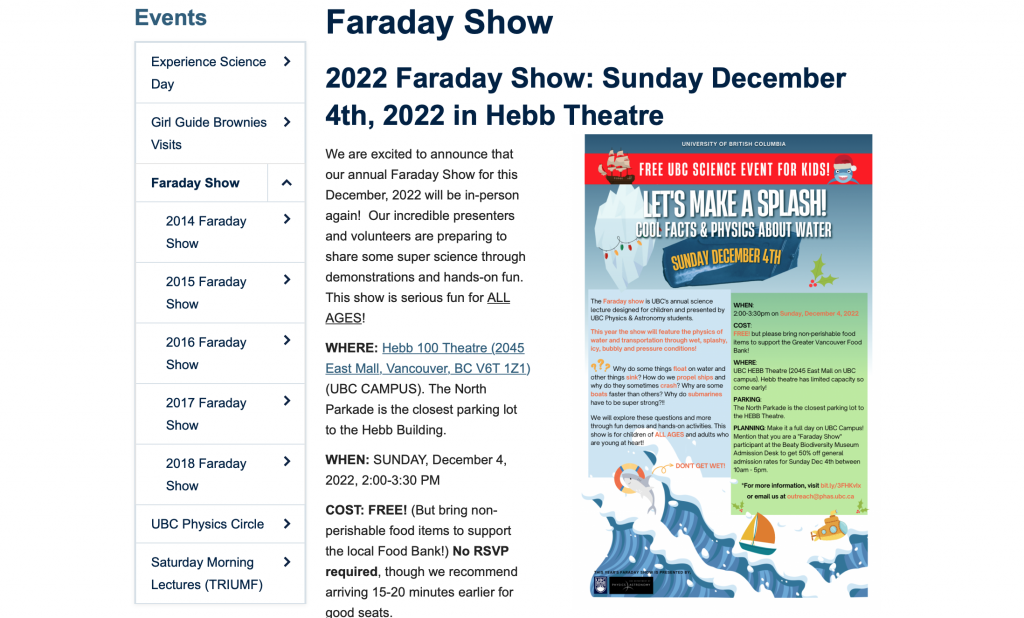
Farada Science Show – Sunday Dec. 4th, 2022 – Free Science Fun for everyone.
MICHAEL FARADAY – FIND OUT MORE ABOUT THE SCIENCE GUY

Farada Science Show – Sunday Dec. 4th, 2022 – Free Science Fun for everyone.
Comments Off on Christmas Science Show – 2022 Faraday Show – UBC Dec. 4, 2022
Posted in Uncategorized
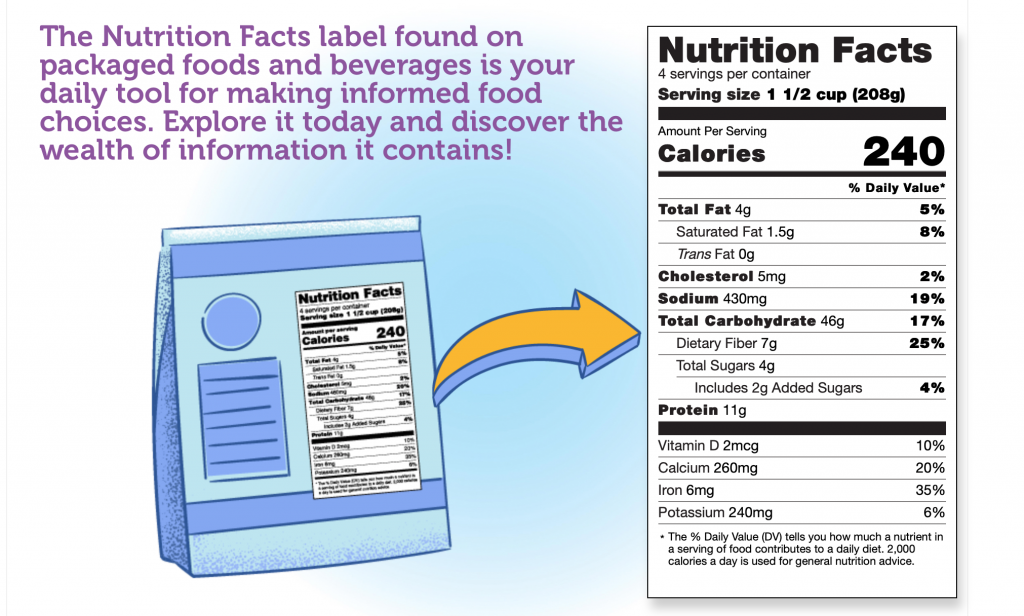
Take the quiz – what type of diet are you preparing for your gut zoo?
Comments Off on Take the quiz – how well can you read nutrition panels?
Posted in Uncategorized
Comments Off on Artemis Rocket Launch Countdown – are you ready?
Posted in Uncategorized
 Loading...
Loading...
Comments Off on Biodiversity: How is biodiversity measured
Posted in Uncategorized

Ms. Peters explained that to learn more about the air monitoring program you can scan the QR code or visit cnsc.info.ccsn@cnsc-ccsn.gc.ca

The testing team sets up air monitoring equipment. Good testing sites are near large open areas. In this case the testing team set up near a local high school.
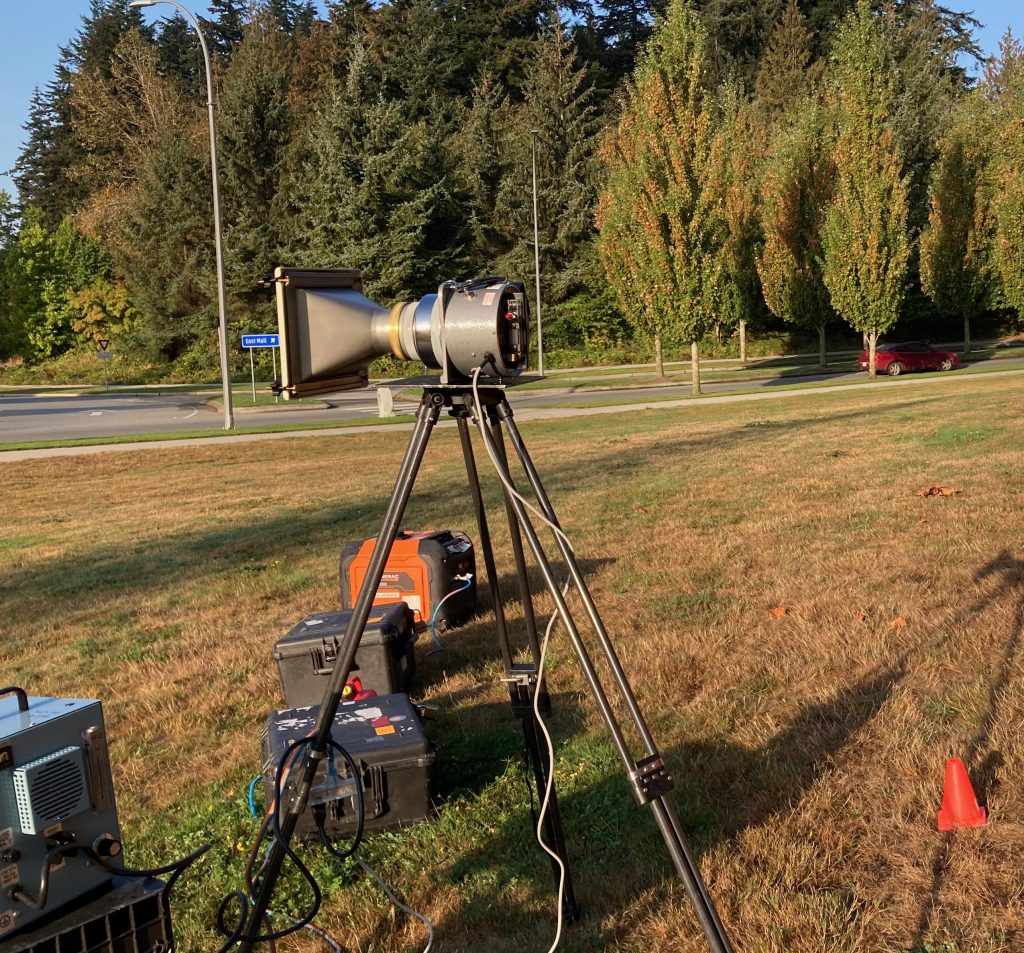
The testing equipment samples air for iodine-131 and cesium-137. The numbers after the element name indicate the mass numbers for that particular elements isotope.
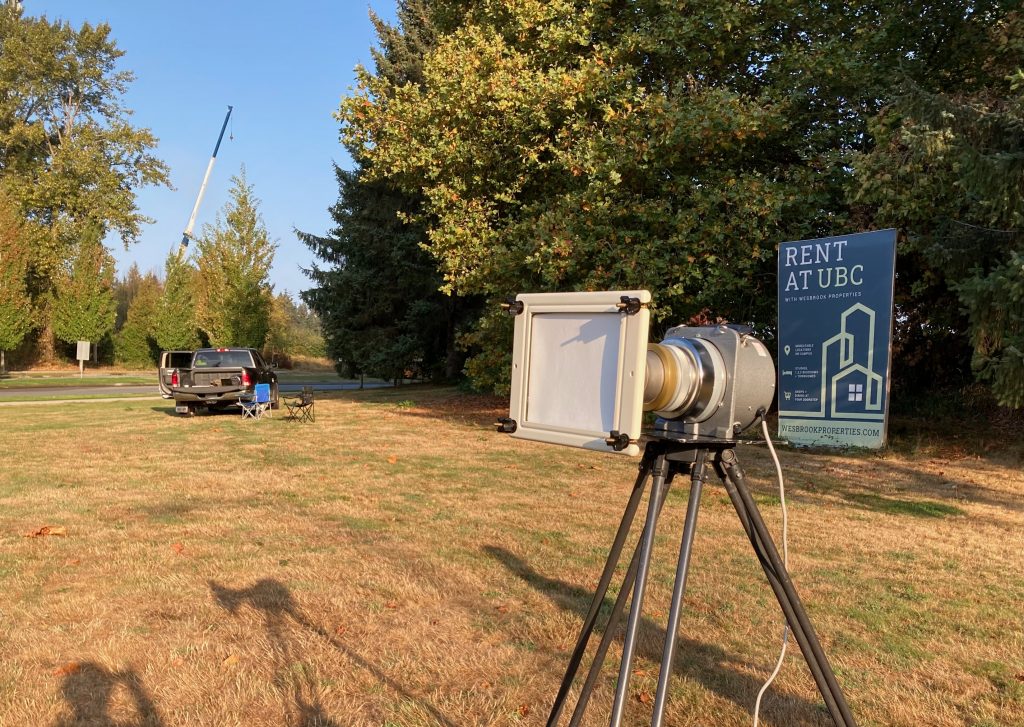
A special glass filter, in front of the air monitoring canister helps to capture the air and directs the air flow into the second sensor – a carbon filled canister.L
Comments Off on Scientist at work in your neighbourhood: Meet Katelyn Peters – the best job ever
Posted in Uncategorized
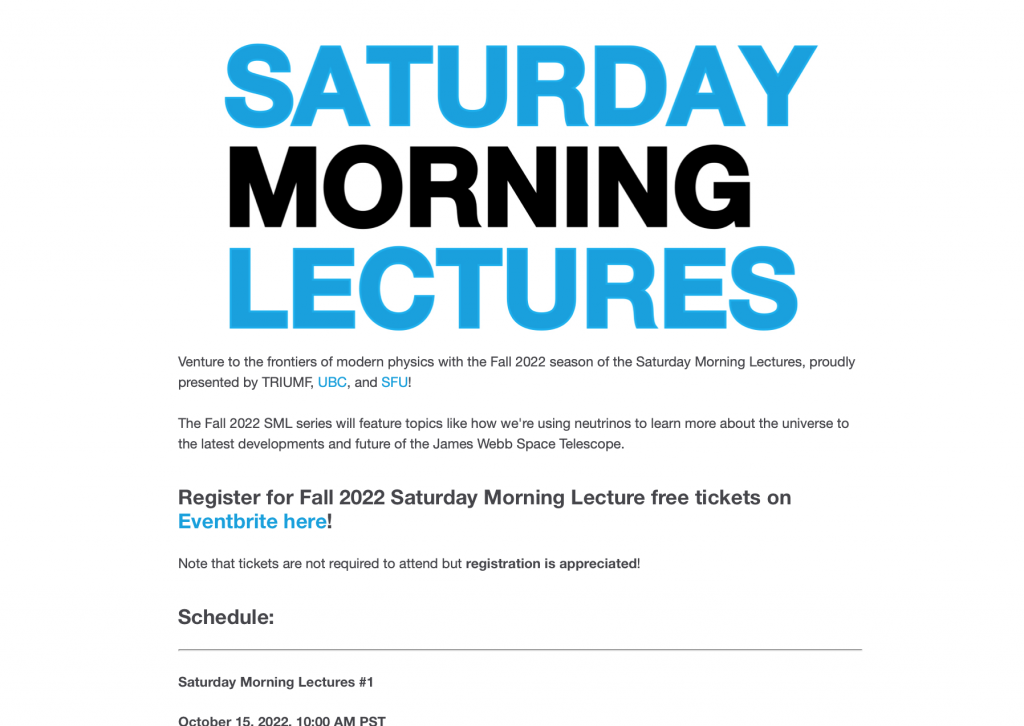
Comments Off on Science in your neighbourhood
Posted in Uncategorized
One famous study explored how students felt about their revision by comparing those who did lots of re-reading with those who did self-quizzing (technically known as retrieval practice). The study found that, given the choice, students much preferred to re-read. This is presumably because it is safe, comfortable and doesn’t force them to confront what they do or don’t know. As such, they leave their revision with a false sense of confidence and with their short-term self-esteem intact. However, when looking at the students’ exam results, the study found that students who did the retrieval practice tended to perform better.
The extent to which students prefer this less effective studying method is actually quite dramatic. Another study found that 84% of students use re-reading as a revision strategy, with 55% of them stating it was their favourite strategy to use.
Teachers can help students here by doing two things. The first is to explicitly teach them the benefits of retrieval practice. Second is to help them understand exactly what retrieval practice looks like. This could include flashcards, mind maps, multiple choice quizzes or even verbal questions and answers. If students know how to use these study techniques and recognise why they work, they are more likely to use them.
 Loading...
Loading...
Comments Off on Study Skills-What works and what does not work
Posted in Uncategorized
Comments Off on Gregor Mendel – 200th year anniversary
Posted in Uncategorized

 Loading...
Loading...
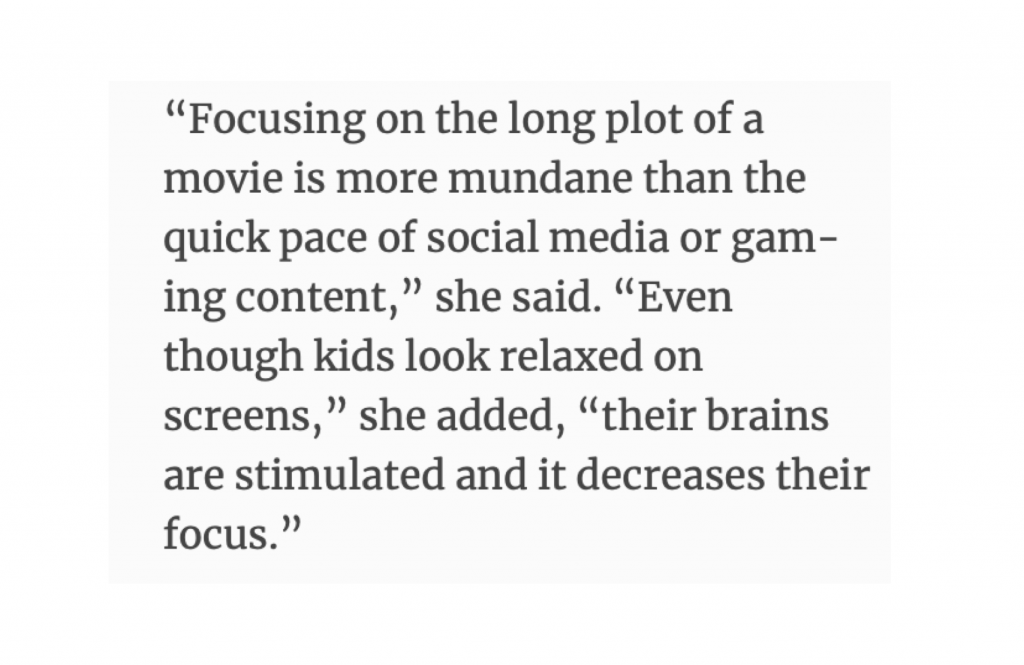
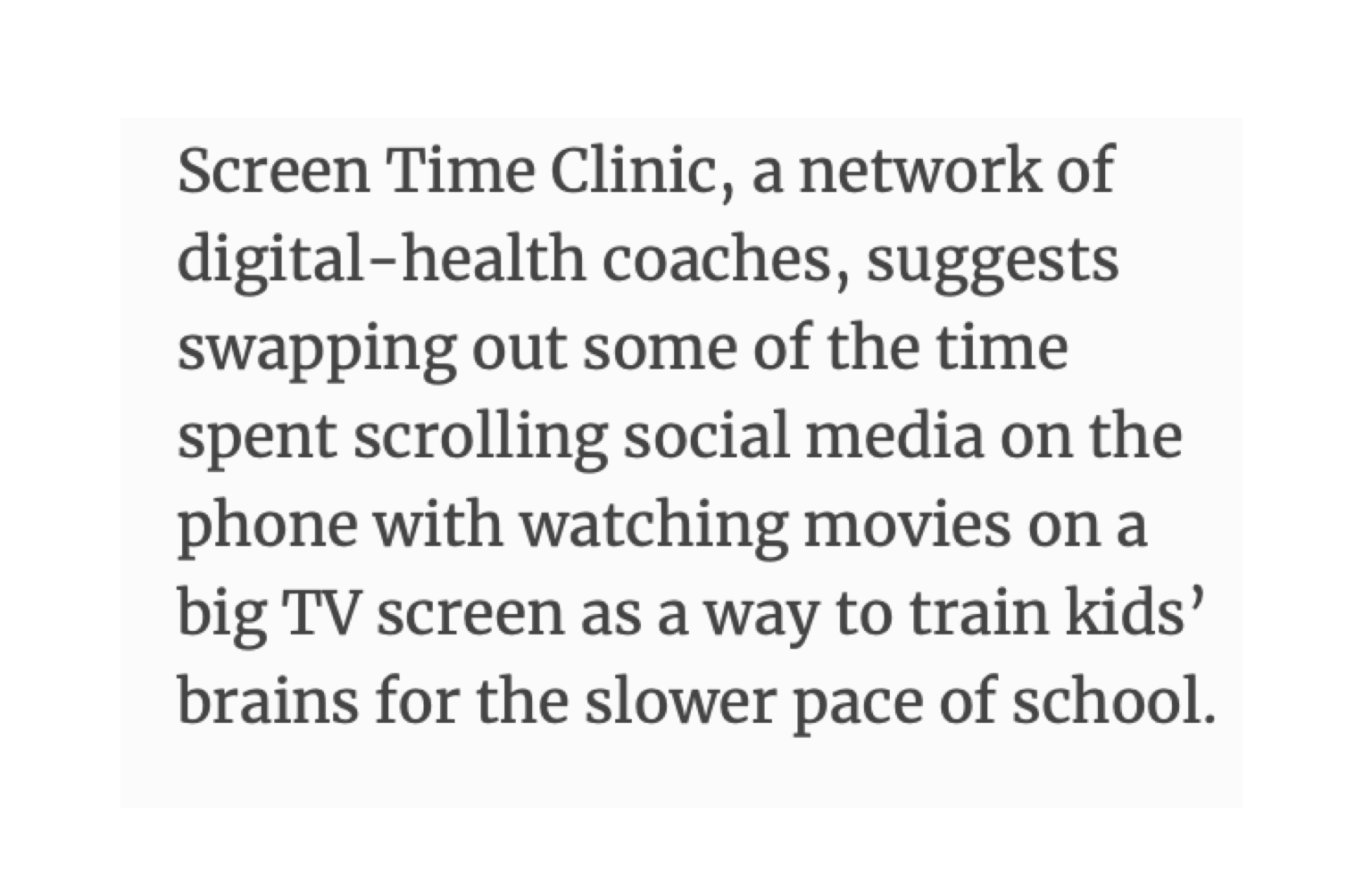

Although research isn’t conclusive, there’s evidence to suggest that excessive screen time has a negative effect on the mental well-being of teens. One study found that teens who spent more than an hour on screens were less curious, more easily distracted and had a difficult time making friends. Those who spent an excessive amount of time on screens were twice as likely to have anxiety or depression. Researchers even found that excessive screen time seemed to negatively affect teens more than it did for children. But again, the research can’t state for sure whether more screen time definitely leads to depression and anxiety.
Comments Off on Screen time Vs Study time: learn how to spot the difference between learning vs studying
Posted in Uncategorized
Comments Off on Artemis I is set to launch – are you ready to travel to the moon?
Posted in Uncategorized